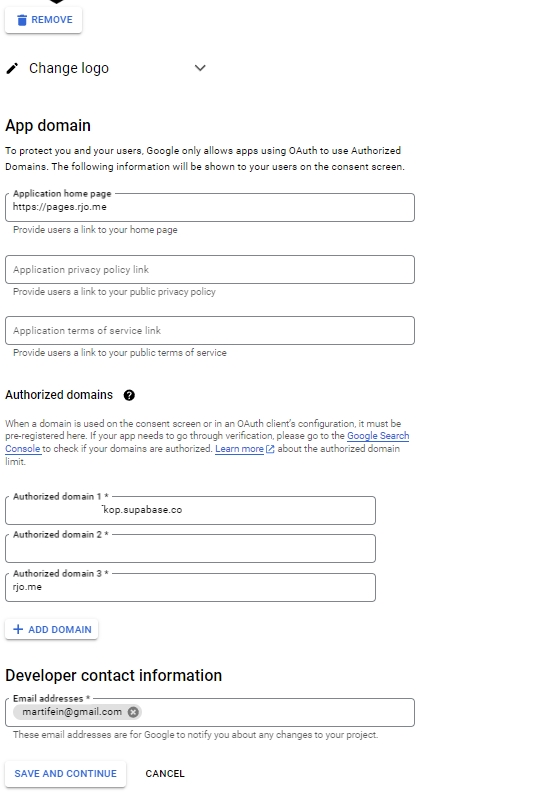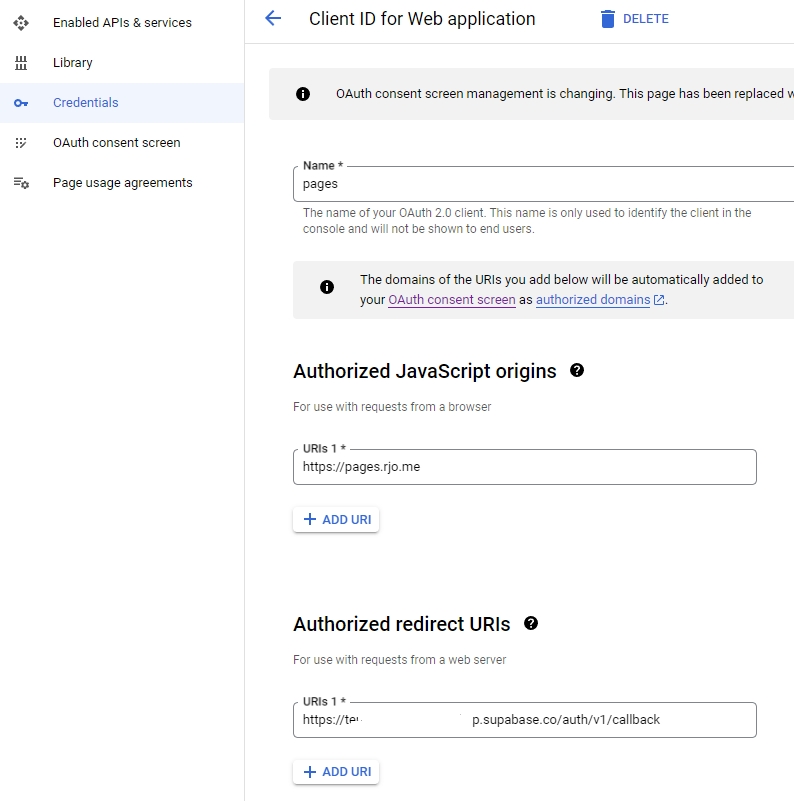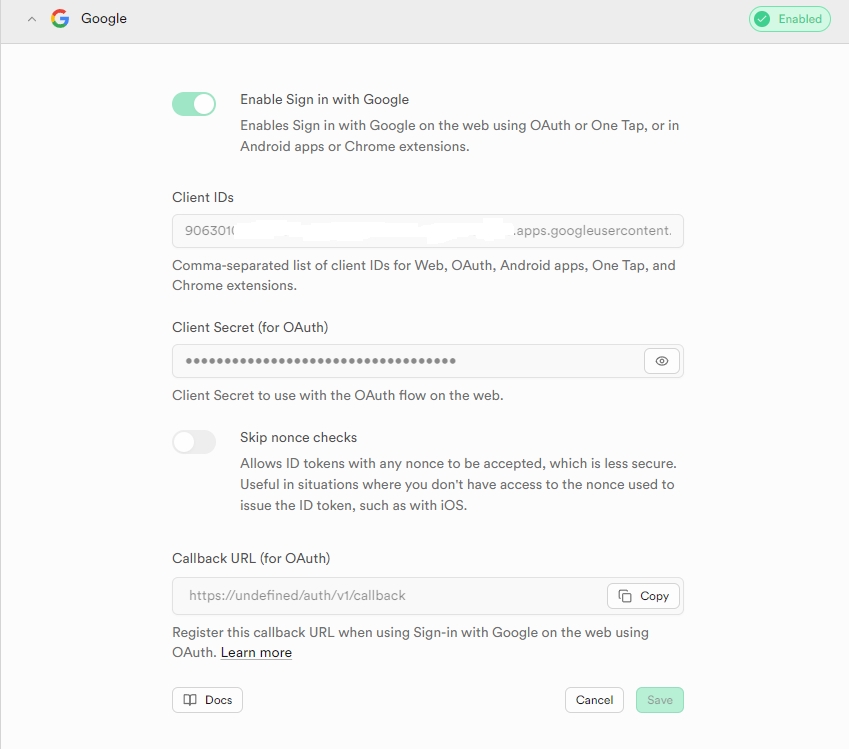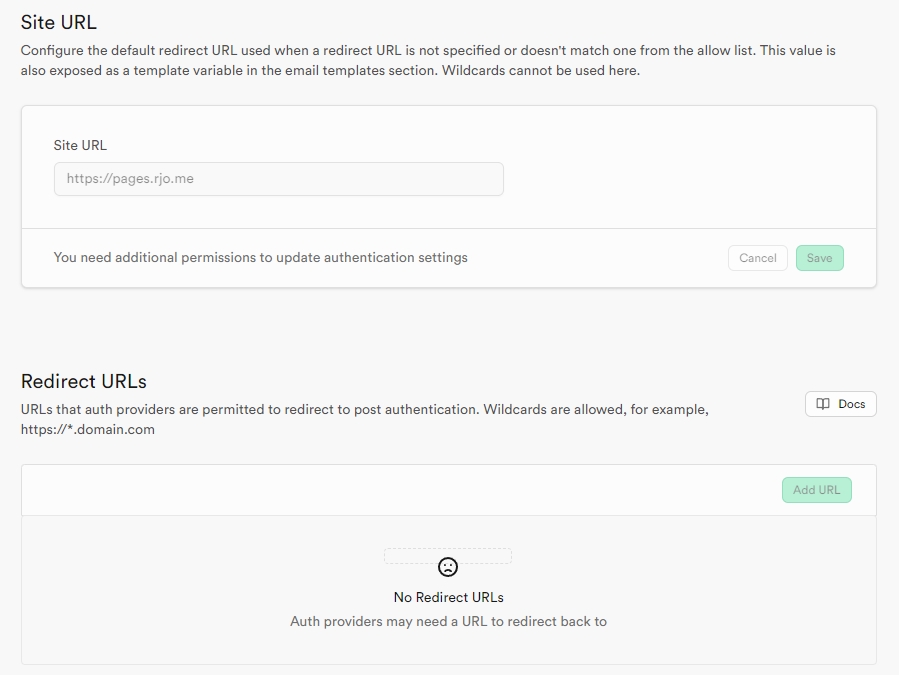WebDev
NVM
nvm is a node.js version manager like pyenv. Install nvm and use it to install node.js and npm.
curl -o- https://raw.githubusercontent.com/nvm-sh/nvm/master/install.sh | bashOr look here
Node.js
Install with one like the three below
nvm install node
nvm install v16.13.2
nvm install --ltsthe first installs the latest version of node
the second installs node version v16.13.2 replace it with the version you want
the third install the latest long-term-supported version
npm
npm is a package manager for node modules/packages it comes with node.js. I do not know if the npm version can be specified with nvm.
NPX
npx is a package runner. docs Create nuxt project in existing git repo:
Form setup
Sign On, Authentication and Authorization
Google Sign On
On the Google Credential Page (Replace Project ID in Link) Create a OAuth Consent Screen then you can create Credentials and download a JSON object with the Client ID
O-Auth Consent screen
The consent screen shows which permissions the user is giving to the app (e.g. location, drive access, etc.). Default contains docs Default contains (I think) (E-mail, Name and some meta data). 

Supabase


Last updated